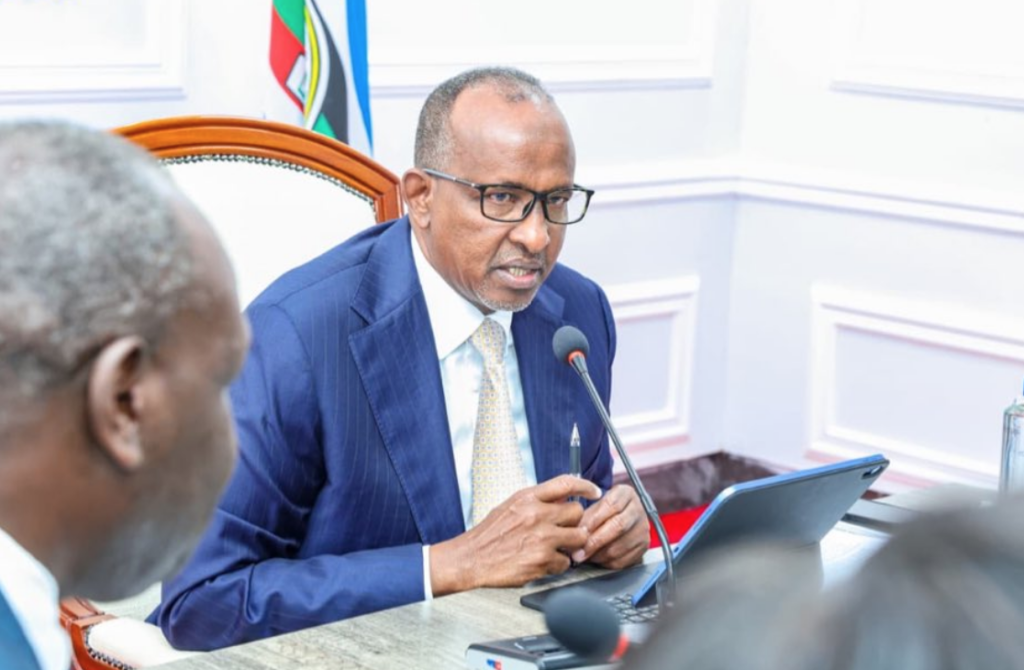Kenyans will soon enjoy faster access to emergency medical care following the launch of the National Ambulance Response System (NARS), set to go live on December 1.
The nationwide coordination system will enable citizens to reach emergency medical services through a toll-free hotline integrated with the Social Health Insurance Fund (SHIF). The initiative is part of the government’s efforts to strengthen Universal Health Coverage (UHC) and ensure that no Kenyan is denied urgent care due to financial constraints.
Under the new system, callers will have their location automatically detected through digital tracking tools, allowing the nearest available ambulance to be dispatched promptly. This technology-driven approach aims to reduce response times and save more lives, particularly in emergencies such as maternity complications, severe asthma attacks, heart conditions, and road accidents.
The Ministry of Health has been finalising the mapping, inspection, and standardisation of ambulances across all 47 counties to ensure each vehicle meets national standards for equipment, staffing, and response protocols. Once operational, the system will bring together public, private, faith-based, and county-owned ambulances under a unified command and control framework.
The centralised call and dispatch centre will monitor ambulance movements in real time, track response times, and coordinate referrals to appropriate health facilities. This unified system will eliminate duplication of services and prevent delays that have often led to avoidable fatalities.
Emergency medical teams have undergone intensive training and simulation drills ahead of the rollout to ensure readiness for rapid response. The Ministry is also collaborating with county governments to harmonise Standard Operating Procedures (SOPs) covering emergency response, trauma care, patient handover, and referral pathways.
Health experts have hailed the National Ambulance Response System as a major milestone in Kenya’s healthcare reforms. It is expected to enhance coordination between counties, strengthen emergency preparedness, and extend quality healthcare access to rural and underserved communities.
The launch marks a crucial step toward building a responsive and equitable emergency health infrastructure that guarantees timely care for all Kenyans, regardless of their financial situation or location.

